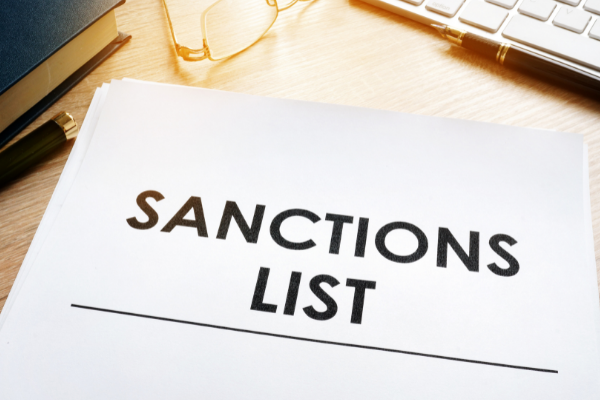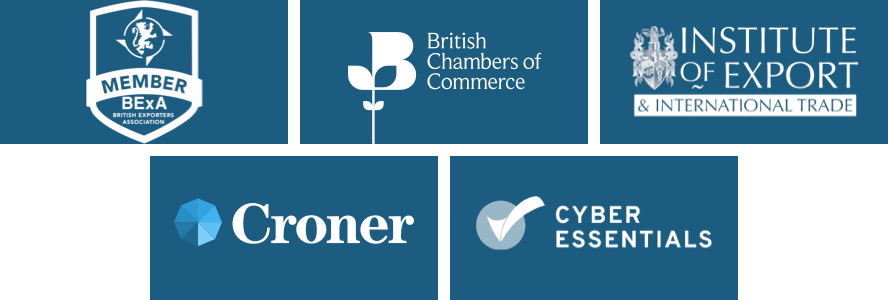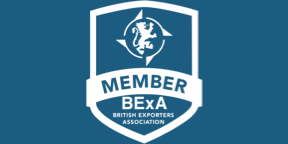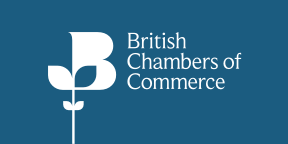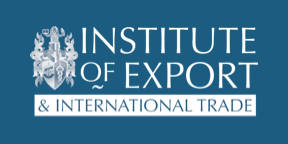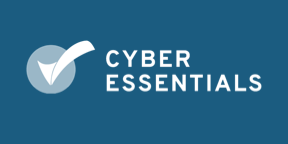BY:
SHARE:
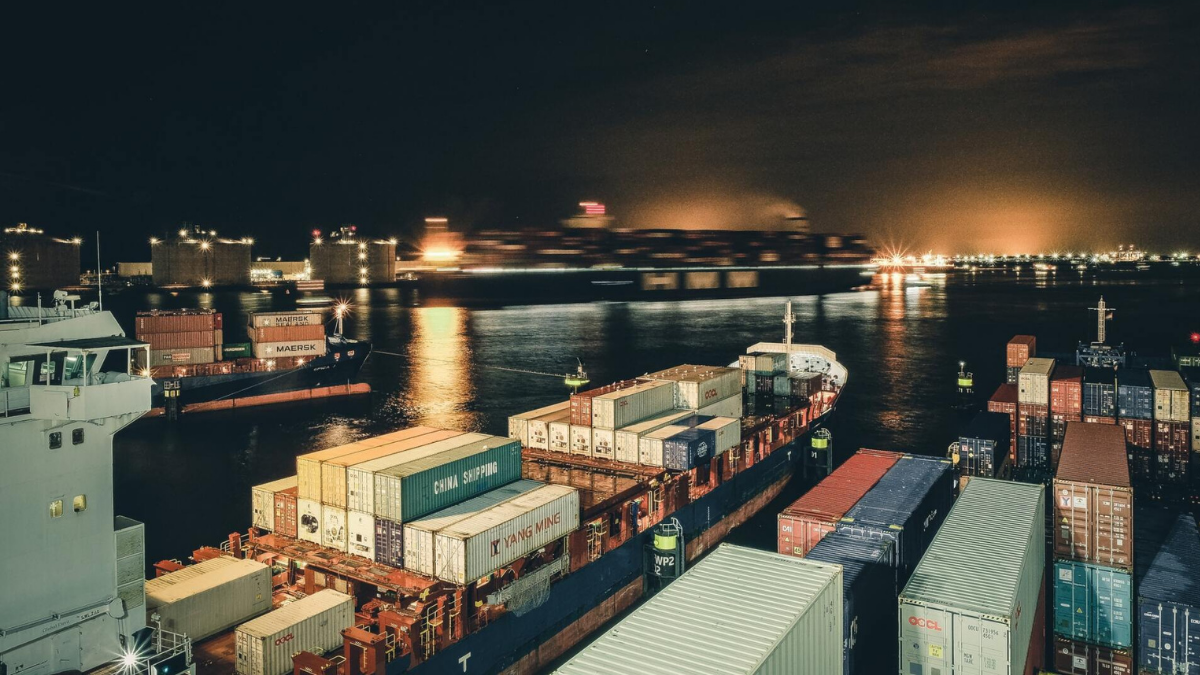
The Carbon Border Adjustment Mechanism is an EU initiative to mitigate climate change and aims to prevent the risk of carbon leakage. It is important to note that this will affect EU and non-EU companies caught in the scope of CBAM, including exporters, importers and EU Customs representatives.
Background
The Carbon Border Adjustment Mechanism is an EU initiative to mitigate climate change and aims to prevent the risk of carbon leakage. Currently, the EU have the EU Emission Trading System, which works internally within the EU; CBAM has been implemented to complete this. Under this, EU producers must pay a “carbon price” for their Green House Gas Emissions, meaning such products can be sourced outside the EU, where a country may not monitor this in such a way, putting the imported products at risk of carbon leakage, as in theory they could be sourced at a lower price than EU counterparts. CBAM entered into operation on the 1st of October 2023.
EU COMMISSION VIDEO CBAM IN 60 SECONDS
What is the Carbon Border Adjustment Mechanism?
The Carbon Border Adjustment Mechanism (CBAM) is a policy tool designed to address concerns related to carbon leakage and create a level playing field for industries in regions with different climate policies. It is a regulatory measure that aims to tackle the carbon emissions associated with imported goods.
To work in line with WTO rules, CBAM has been introduced to ensure non-EU countries pay an equal carbon price, levelling the playing field on these products imported into the EU from either another member state or a third country without it being a duty or tax.
It is important to note that this will affect EU and non-EU companies caught in the scope of CBAM, including exporters, importers and EU Customs representatives.
CBAM has several objectives and potential benefits:
- Climate Goals: It helps to reduce carbon emissions associated with imported goods, contributing to the host country's climate goals and reducing the risk of carbon leakage (i.e., companies moving production to regions with laxer environmental regulations).
- Level Playing Field: It creates a level playing field for domestic industries subject to stringent climate regulations. This prevents the competitive disadvantage of domestic producers who must comply with stricter environmental standards.
- Economic Incentives: CBAM can incentivise foreign producers to adopt cleaner and more sustainable production processes to avoid or reduce carbon tariffs.
CBAM targets embedded carbon emissions of items imported into the EU from specific sectors which ETS currently covers. These include energy, hydrogen, fertilisers, steel, aluminium, cement and steel. It also consists of some of the industry's upstream and downstream products.
It's important to highlight that the UK is exploring implementing a Carbon Border Adjustment Mechanism (CBAM). This initiative is in the consultation phase, and you can find more detailed information on this matter at https://www.gov.uk/government/consultations/addressing-carbon-leakage-risk-to-support-decarbonisation.
When will CBAM be introduced?
CBAM will be rolled out progressively in the following stages:
Phase One: Transitional period (1st October 2023 to 31st December 2025)
- Designed as a “learning phase”, during which CBAM importers will report data, including emissions embedded in their goods, without paying a financial adjustment for the embedded emissions.
- However, penalties may be imposed, for example, for failing to submit the required quarterly CBAM reports.
Phase Two: Definitive period (starting on 1st January 2026)
- From 2026 to 2033, the embedded emissions for CBAM goods will be gradually covered by the CBAM obligation as free allocation under the EU ETS is slowly phased out.
- From 2034, 100% of the embedded emissions of the CBAM goods will be covered by CBAM certificates, and no free allocation will be given under the EU ETS for these goods.
As a non-EU business, what do I need to be aware of?
Non-UK businesses that export goods to the European Union (EU) must comply with EU Carbon Border Adjustment Mechanism (CBAM) requirements and typically need to provide several pieces of information and documentation.
In this example, let's assume that you are a UK-based business not involved in importing goods into the EU. In the context of CBAM, this categorises you as an operator of installations, specifically producing CBAM products outside of the EU, rather than as a reporting declarant.
Installation operators are the persons who have direct access to information on the emissions of their installations. They are, therefore, responsible for monitoring and reporting the embedded emissions of goods they have produced and are exporting to the EU.
For the reporting declarant, the first report will be due in January 2024, so you can expect to be contacted by your EU Importers before then on anything exported in the last quarter of 2023.
Reports after that will be submitted quarterly by the CBAM Reporting Declarant (EU Importer)
To help stakeholders prepare for the new reporting obligations as of 1st October 2023, the European Commission has prepared written guidance documents to help navigate the transitional period (1st October 2023 – 31st December 2025). The document below is designed to assist non-EU Installation Operators with data requirements for the EU Importer.
Information for EU Importers (including UK Businesses)
If you're a UK-based business handling the import declaration of CBAM products into the EU, you also assume the role of CBAM reporting as a reporting declarant. The specific route you must follow depends on your business structure and whether or not you have a permanent EU business establishment.
The reporting declarant is the entity responsible for reporting the embedded emission of the imported goods – in principle, the Importer. However, there are three different options depending on the person lodging the customs declaration…..
- The importer who lodges a customs declaration for release for free circulation of goods in its name and on its behalf
- The person holding an authorisation to lodge a customs declaration referred to in Article 182(1) of the UCC, who declares the importation of goods
- The indirect customs representative - where the customs declaration is lodged by the indirect customs representative, appointed in accordance with Article 18 of the UCC, when the importer is established outside the Union or where the indirect customs representative has agreed to the reporting obligations in accordance with Article 32 of the CBAM Regulation.
Additional information and guidance for EU Importers can be found using the following link: https://taxation-customs.ec.europa.eu/carbon-border-adjustment-mechanism_en
The link below splits the CBAM products in the industry sector and provides clear guidance on each industry currently in the scope of CBAM.
https://taxation-customs.ec.europa.eu/carbon-border-adjustment-mechanism/cbam-sectoral-factsheets_en
OneCall™ Email assistance as and when required; A one-call solution for all your import, export and customs enquiries. Export help. Import help. Customs help.
Stay informed about customs and international trade matters by subscribing to our OneCall™ service. This comprehensive offering includes a dedicated email helpline for support, timely practical updates direct to your inbox (Did You Know?), monthly UK Customs & Trade Briefings and access to an interactive members' area with an exclusive community for our subscribers.
International Trade Updates & Spotlight Newsletter
Subscribe to our free information emails covering international trade topics...
MORE INDUSTRY INSIGHTS...



